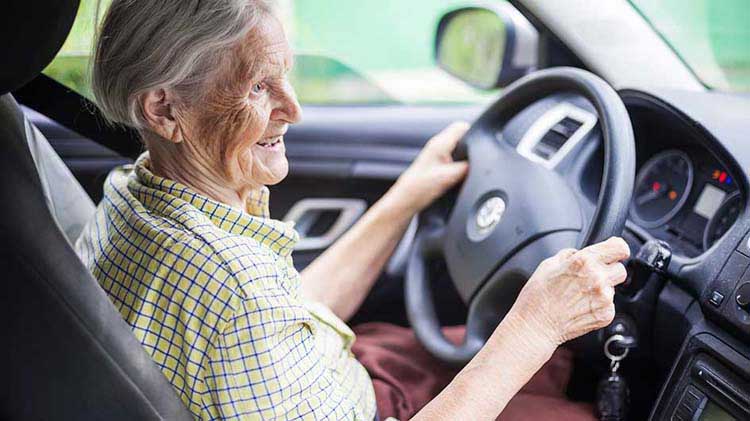How Seniors Can Improve Car Steering Control

For many seniors, confidence behind the wheel rests on the simple act of turning smoothly at just the right moment. Whether navigating city corners, winding rural roads, or the parking lanes of assisted living communities, precise steering control safeguards independence and fuels social connection.
Yet age-related changes in joint flexibility, reaction speed, and muscle endurance can erode that certainty. Practical adjustments and focused practice, however, can rekindle the quiet ease of earlier driving years and keep everyday journeys enjoyable.
Knowing Today’s Steering Systems
Modern vehicles rely on electric or electro-hydraulic power steering modules that feel feather-light at parking speeds yet firm once cruising. Seniors accustomed to purely mechanical racks may misinterpret this variable assist as slippage. A brief look at the owner’s manual—or better, a chat with a dealer technician—clarifies normal feedback, warning lights, and fuse locations.
Knowing how lane-keeping motors, steering-angle sensors, and self-parking routines behave prevents anxiety when the wheel tugs on its own. Familiarity also lets seniors describe symptoms accurately to mechanics, enabling small calibration fixes before they snowball into confidence-sapping quirks.
Building Strength and Flexibility
Fine steering control begins in the forearms and shoulders, areas that lose tone with age yet respond well to low-impact conditioning. A daily routine of hand grippers, stress balls, and slow wrist rotations lubricates joints and heightens feedback from the wheel.
Light resistance bands anchored to a doorknob let seniors practice steady pushes and pulls that mimic real turns without leaving the living room. Each session should end with gentle finger stretches to curb stiffness during long drives. Two or three weeks of consistency often yields steadier lane changes and less fatigue after errands.
Adjusting the Driver’s Environment
Even strength means little if posture undermines leverage. Seniors should raise the seat until their hips sit level with or slightly above the knees; this angle maximizes leg room for smooth pedal work and keeps the backrest from absorbing steering force.
The torso ought to rest an arm’s length from the airbag, elbows bent about thirty degrees while gripping the wheel at nine and three. Mirrors must erase blind spots with only minor head movement, easing neck strain. A slim leather cover can further improve grip, especially for hands affected by mild neuropathy or temperature sensitivity.
Rehearsing Real-World Maneuvers
Skill sticks when practice mirrors real roads, so seniors should schedule brief, low-traffic sessions in a familiar parking lot to fine-tune steering without pressure. Orange cones or half-filled water bottles become makeshift curbs for tight figure eights, gradual S-curves, and smooth circles.
Emphasizing slow speed reinforces muscle memory safely, while a friend observing from outside can give instant feedback on wheel position and tire tracking. Graduating to residential loops cements timing for intersections and three-point turns, ensuring that when the next appointment or family visit arrives, steering feels almost automatic again.
Conclusion
Targeted exercises, smart ergonomics, and brief on-road drills empower seniors to guide every turn with calm precision. With steady upkeep, the steering wheel remains a gateway to independence, not an obstacle, well into the golden years. Regular reevaluation of vehicle settings each season keeps adaptations aligned with strength and weather demands, ensuring confident travel for individuals of every ability level.






